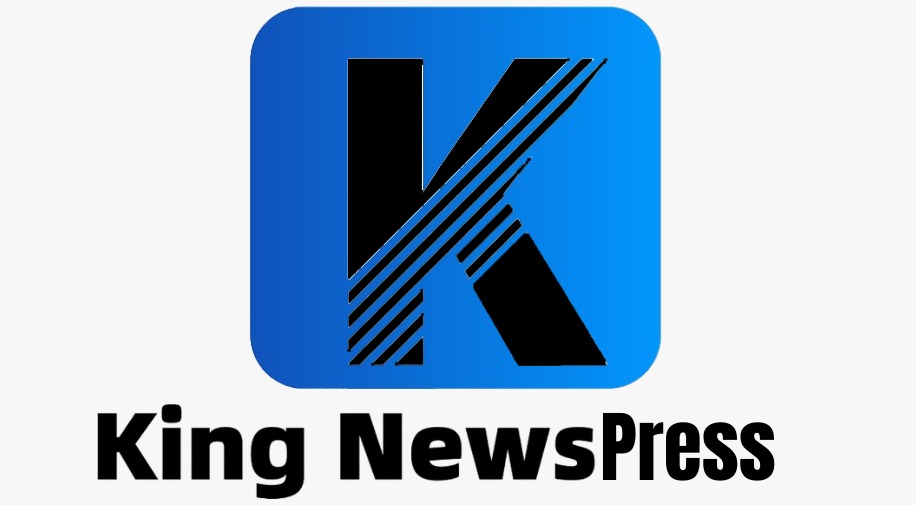How Customized CNC Machining Achieves Tight Tolerances
China, 8th Nov 2025 — GD Prototyping Technology (HK) Ltd announces new process upgrades that show how Customized CNC Machining achieves tight tolerances at production speed. The company focuses on rapid prototyping, low-volume production, and complex builds. Its 12,000-square-meter facility and 300+ specialists support parts that demand accuracy, repeatability, and short lead times.
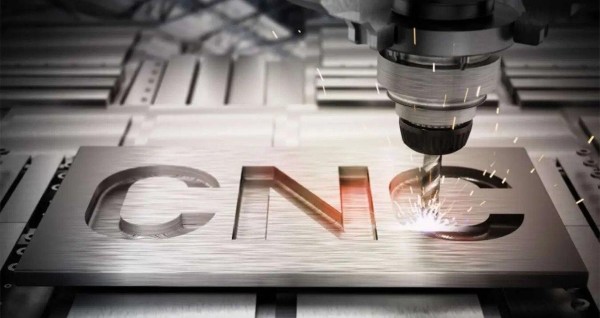
The Industry Pain Points
Most teams struggle with the same issues:
• Tolerance drift when vendors switch machines or operators.
• Inconsistent quality across prototypes and pre-production runs.
• Long queues at metrology, which delay approval and launch.
• Poor Design-for-Manufacturing feedback, causing rework and cost.
• Limited materials and finishes, which block performance targets.
• Hard scale-up from one-off to small batch and then to mass production.
These pain points slow programs and inflate budgets. They also put launches at risk.
GD Prototyping’s Answer
GD Prototyping solves these issues with a disciplined approach:
1)Clear, programmable precision. CAM strategies are locked for each part and revision. Toolpaths, offsets, and cutters are version-controlled. This cuts variation between shifts and machines.
2)Capability by design. Parts are matched to the right platform: 3-axis for simple planes, 4-axis for multi-face features, 3+2 for angled holes, and full 5-axis for complex freeforms. CNC Turning Prototyping handles concentricity and tight round features.
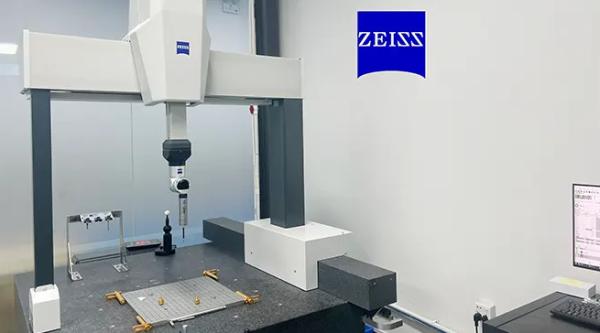
3)End-to-end metrology. In-process probing, CMM validation, and optical inspection confirm size, form, and finish. Results feed Statistical Process Control to catch drift early.
4)Material intelligence. Metals and plastics are sourced with certificates. Lot-based cutting parameters and coolant control hold size and surface integrity.
5)Rapid iteration. DFM reviews arrive fast. Engineers flag risk features before chips fly, so teams avoid late redesigns.
6)Scalable production. Cells run 24/7 with standardized setups. One-off prototypes can move to small batch and then to larger volumes without resetting quality.
“Customers ask for reliable microns, not promises,” said a GD Prototyping spokesperson. “We use Customized CNC Machining to turn design intent into measurable reality. Every step reduces variance.”
How Tight Tolerances Are Achieved in Practice
Process planning. Engineers analyze drawings, GD&T, and functional needs. They balance tool rigidity, setup count, and thermal loads. Clamping strategies prevent distortion. This planning stage protects tolerances before machining begins.
Cutting strategy. Roughing removes mass while minimizing heat. Semi-finish creates uniform stock for a stable final pass. Finish cuts are short and consistent. Tools are pre-set and measured. Coolant type, flow, and temperature are controlled.
Fixturing and alignment. Zero-point fixtures and custom soft jaws reduce stack-up error. Probing cycles confirm datums at each operation. Multi-axis positioning keeps features true to the model.
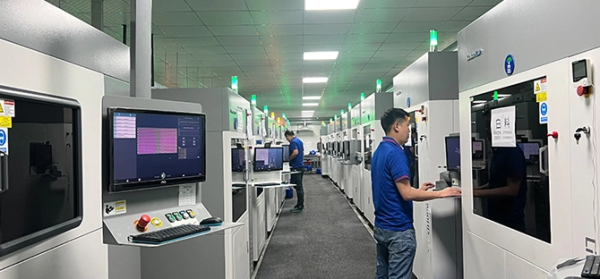
Verification. CMM checks critical features as the part moves through operations. For circularity and position, turning and milling data are correlated. Measurement reports accompany each shipment.
Finishing and stability. Bead blasting, anodizing, plating, and polishing are tuned to hold size while meeting cosmetic goals. Where finishes shift dimensions, GD Prototyping compensates in CAM.
The result is stable precision. For many metals, the team targets tight mill-level tolerances. For plastics, strategies reduce warpage and maintain surface quality. The company aligns to international standards and reviews each project’s best-achievable tolerance by geometry and material.

Integrated Capabilities Beyond CNC
Tight parts often need hybrid workflows. GD Prototyping combines:
• CNC Milling & Turning for structural accuracy.
• Additive manufacturing for fast design trials and internal channels.
• Sheet metal fabrication for brackets and housings.
• Vacuum casting and silicone molding for pilot runs.
• Injection molding and die casting for scalable plastics and metals.
• Surface treatments to meet durability and cosmetic specs.
These services keep programs in one place. Hand-offs vanish. Lead times drop.
When to Use Each Path
• Choose Customized CNC Machining when tolerances, surface finish, or mechanical properties are strict. It is ideal for functional prototypes, fixtures, and end-use parts.
• Use CNC Turning Prototyping for shafts, bushings, and round parts that need tight concentricity or fine Ra.
• Select Large-Scale CNC Machining for big plates, frames, or tooling where flatness and stability matter. The same controls apply, but on larger work envelopes.
• Leverage Plastic 3D Printing Services for fast geometry checks, lightweight fixtures, and airflow trials. SLA, SLS, MJF, and DMLS help de-risk design before cutting metal.
• Engage a 3D Printing Service In China to validate complex features overnight and compress design sprints. Printed parts inform the CNC strategy and save setup time.
By mixing these options, engineers validate function fast and then lock precision with machining.
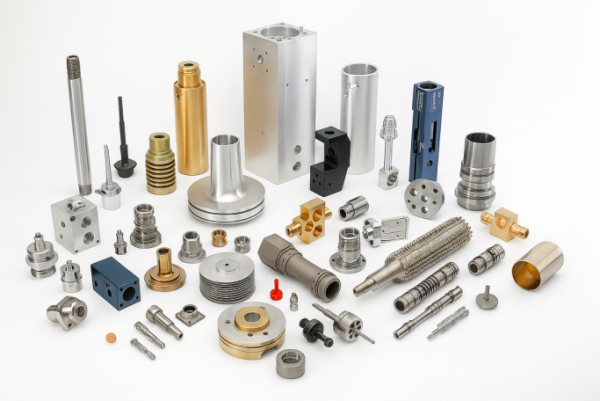
Speed Without Compromise
Tight parts often mean slow schedules. GD Prototyping breaks this trade-off:
• In-house machine shop, 24/7 operations. Schedules flex to urgent builds.
• One-on-one support within 12 hours. Engineers stay close to the design team.
• Rapid fixture design. Standardized bases and modular jaws cut setup time.
• Material on hand. Stock programs shorten procurement.
• Digital traceability. Travelers, tool lists, and metrology data move with the part.
Customers see shorter lead times and fewer iterations. Programs stay on budget.
Proven Across Industries
Automotive teams use this approach for housings and powertrain parts. Aerospace and defense teams apply it to lightweight structures with strict positional tolerances. Medical device firms depend on clean finishes and stable biomaterials. Consumer electronics brands require tight gaps and seams. Automation builders need durable components that fit first time. Each sector brings unique constraints. The process adapts without losing control.
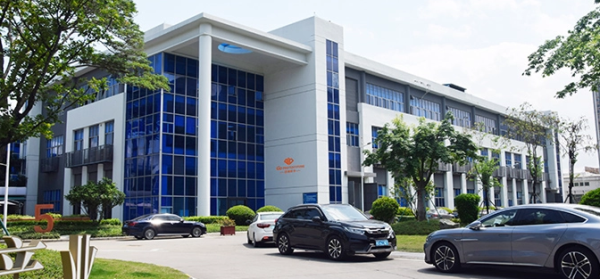
About GD Prototyping
Founded in 2010, GD Prototyping Technology (HK) Ltd is a certified contract manufacturer based in Chang’an Town, Dongguan, China. The company provides turnkey solutions for prototyping, low-volume production, and high-complexity manufacturing. Core capabilities include CNC milling and turning with 3-axis, 4-axis, 3+2, and full 5-axis systems; SLA, SLS, MJF, and DMLS additive manufacturing; sheet metal fabrication; vacuum casting; injection molding; die casting; and comprehensive finishing. The team blends advanced technology with strict quality control to meet the highest international standards.
Media Contact
GD Prototyping
Chang’an Town, Dongguan, Guangdong, China
Email: sales08@gd-prototype.com
Company Details
Organization: GD PROTOTYPING
Contact Person: 2/F, Building 5, LongGuang Industrial & technology Park, 74, Zhen’an East Road, Xiaobian Village, Chang’an Town, Dongguan 523850, Guangdong, China.
Website: https://www.gd-prototyping.com/
Email: Send Email
Contact Number: +8676981629582
Country: China
Release Id: 08112536710
